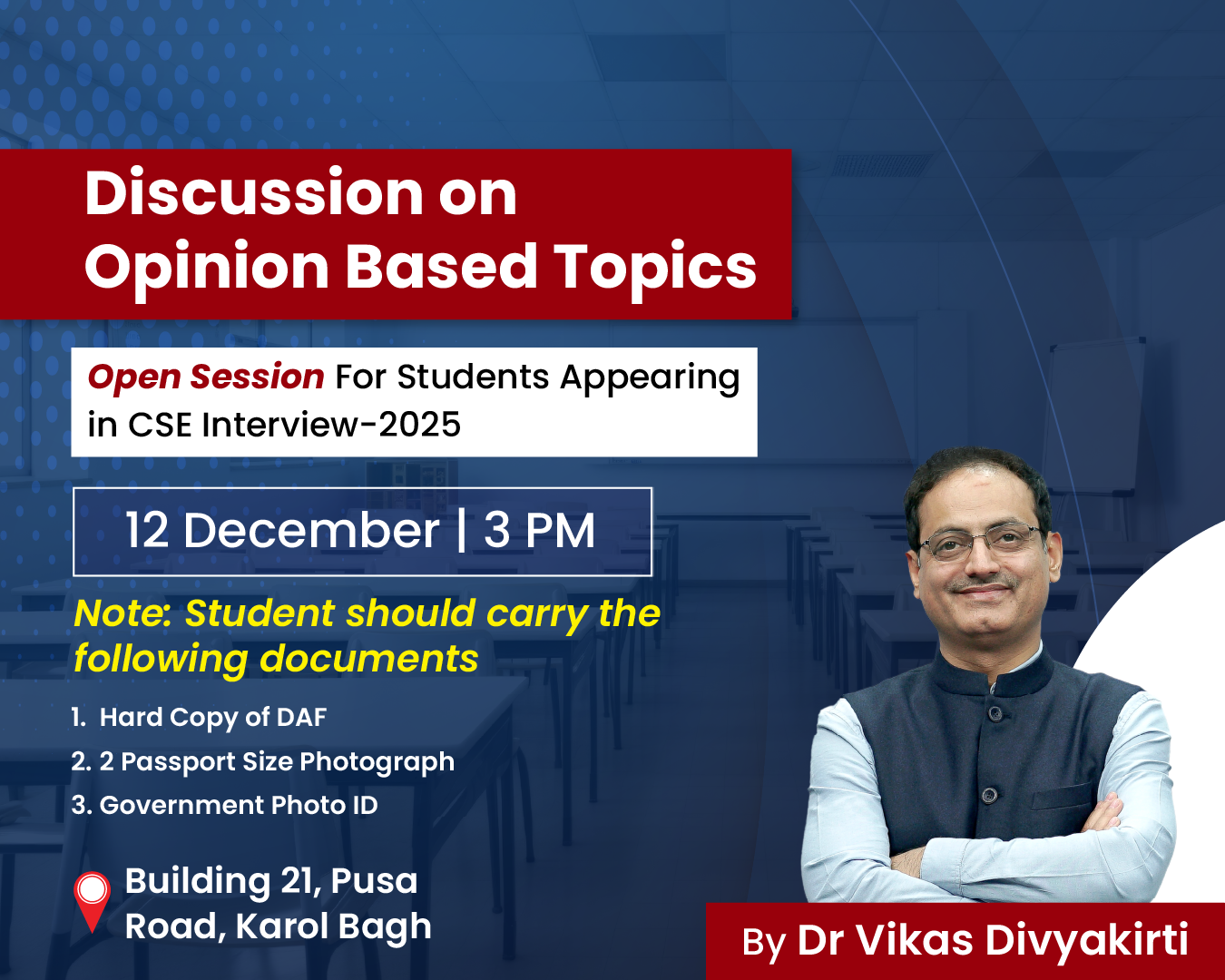-
03 Jul 2025
GS Paper 2
Polity & Governance
Day 16: “Judicial activism ensures accountability; judicial overreach threatens democratic balance.”Critically analyze.(150 words)
Approach:
- Define judicial activism and judicial overreach briefly.
- Explain judicial activism and its role in ensuring accountability.
- Describe judicial overreach and its risks to democratic balance.
- Conclude with a balanced way forward.
Introduction :
Judicial activism refers to the proactive role played by the judiciary in upholding the Constitution, protecting fundamental rights, and promoting justice, often stepping in where other organs fail. However, when courts cross into the domain of policymaking or administration without constitutional sanction, it amounts to judicial overreach. While activism strengthens accountability, overreach may distort the democratic equilibrium envisioned under the doctrine of separation of powers.
Body :
Judicial Activism Ensures Accountability:
Judicial activism strengthened democratic accountability through constitutional interpretation and the expansion of rights.
- Protection of Fundamental Rights: In Maneka Gandhi v. Union of India (1978), the court expanded Article 21 to include the right to live with dignity.
- Public Interest Litigation (PIL): Introduced through S.P. Gupta v. Union of India (1981), PILs allowed access to justice for the marginalised and enabled judicial scrutiny of executive inaction.
- Vishaka Guidelines (1997): In Vishaka v. State of Rajasthan, in the absence of legislative protection for working women, the Supreme Court laid down enforceable guidelines to prevent sexual harassment at workplaces.
- Environmental and Social Justice: In M.C. Mehta v. Union of India, the court delivered landmark decisions on pollution control, industrial hazards (Oleum gas leak), and river conservation (Ganga pollution case).
- Accountability of Investigative Agencies: In Vineet Narain v. Union of India (1997), the Supreme Court laid down guidelines for the independence of the CBI, ensuring non-interference from the executive.
Judicial Overreach Threatens Democratic Balance:
Judicial overreach occurs when the judiciary encroaches upon the legislative or executive domain, undermining the constitutional principle of separation of powers.
- Striking Down of NJAC: In Supreme Court Advocates-on-Record Association v. Union of India (2015), the court invalidated the 99th Constitutional Amendment establishing the NJAC, citing violation of judicial independence. Critics argue it was judicial overreach that dismissed a parliamentary consensus.
- Policy Intrusions: The Supreme Court’s directives banning the sale of alcohol within 500 metres of highways (2016) or regulating firecracker use during Diwali were seen as judicial encroachment into executive policymaking.
- Mandating National Anthem in Cinemas (2016): SC ordered that the national anthem must be played before films in all cinema halls and everyone must stand. This order lacked legal basis; it created confusion on citizens’ rights vs. national duty.
Conclusion:
Judicial activism has played a historic role in defending constitutional values, especially when other institutions have failed. However, persistent judicial overreach risks undermining the very democratic balance the Constitution envisions. As Justice J.S. Verma observed, “Judicial activism must not degenerate into judicial adventurism.”





